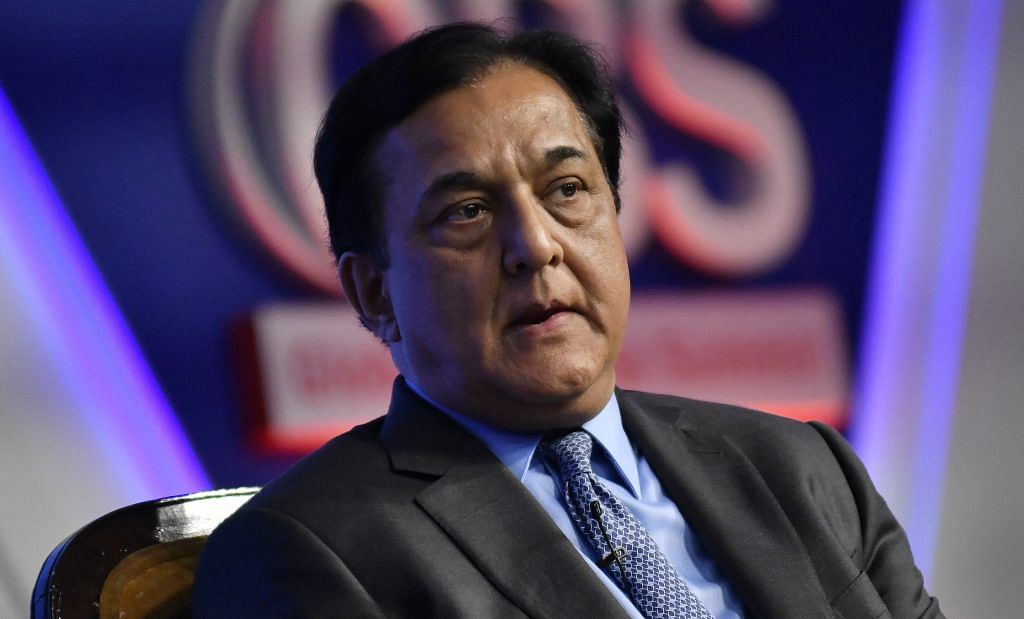The recent moratorium imposed on India’s fourth-largest private lender Yes Bank by the Reserve Bank of India has brought the travails of the private sector banks in India into sharp relief. Yes Bank is no ordinary bank. With a bulky Rs 2.4 trillion loan book and Rs 2.27 trillion of deposit base (up to March 2019), it is, what is sometimes called, a systemically important entity. As an RBI-regulated deposit-taking institution with a sizeable number of depositors and shareholders, Yes Bank has a special public profile. Till recently, it was part of both Sensex and Nifty.
So far, the response of the RBI has been to publish a draft resolution plan. There are suggestions that very soon — possibly by the end of this week — the moratorium on withdrawals could be lifted. By bringing in an entity like the State Bank of India (SBI) — for all practical purposes a sovereign proxy — and by providing a liquidity backstop, the policymakers believe they can restore the confidence of the depositors.
However, for a variety of reasons, it won’t be an easy task. Given that the RBI Act is quite conservative in terms of the assets that the RBI can take on its balance sheet, any credible commitment to depositors may require legislative action.
Also read: Puja Mehra slams RBI in Yes Bank crisis, Prabhat Patnaik sees nothing different in AAP
Broader concerns around private banks
Beyond the immediate specifics of the resolution plan, the broader question of the skewed incentives in the private banks are now under question. Private banks have been seen, in the popular imagination, as more efficient cousins of public sector banks (PSBs). And there was some evidence of this. They had lower levels of non-performing assets (NPAs) and were more proactive in disbursing loans. They provided incremental credit when the Indian economy was going through a rough patch. Their work culture contrasted sharply with the public sector banks, which were perennially seen to be prone to unionism and red tape.
Private sector banks were assumed to be more accountable as well. It was assumed that such banks have diffused shareholding patterns, and large institutions on their board would be responsible for requisite oversight. The absence of ironclad sovereign guarantees made them more cautious because they had to earn the trust of the depositors and could take sovereign bailouts for granted. Furthermore, it was believed that banking supervision is stricter when it came to private banks.
Yes Bank crisis has undermined these assumptions. As documented by the industry watchers such as Tamal Bandopadhyay, private bank balance sheets hid some ugly realities. Often, the low NPA was less due to superior banking skills and more a result of adoption of creative ways of concealing bad loans, sometimes by using ingenious financial alchemy. Evergreening of dubious loans was another way of concealing non-recoverable loans.
Management used methods like charging upfront fees to shore up immediate profit, even if it meant creating more pressure for earnings in the future. The risk management system was not as robust as it should have been. Corporate governance was lax: executives often got away with a rap on the knuckles or a wink and a nod for irregularities, negligence and sometimes even worse. The rapid growth of loans by Yes Bank, when the broader economy was struggling and quality creditors were hard to come by, did not raise enough eyebrows as it should have.
Also read: For 9 yrs, Yes Bank board was led by ex-IAS officers, yet its lending grew unchecked
Yes Bank’s AT1 headache
In Yes Bank’s case, the issue that has become a debating point is the complete liquidation of the additional tier 1 (AT1) capital bonds in the draft resolution scheme. Ordinarily, debt is considered senior to equity in terms of repayment. It implies that before the bond is touched, the shareholders should be wiped out.
AT1 bonds were introduced by BASEL-III as a special capital buffer that could be extinguished at certain trigger points without ceasing the operations of a bank and without liquidating the equity completely (so-called going concern capital). While the legality of the move will continue to be debated, the interesting question is what would be the economic implications of this writedown? Does it increase system-wide risk and uncertainty?
A fundamental principle of finance is that higher returns imply higher risk. From a bookkeeping point of view, the expected loss on an instrument should be reflected in its price, and there should be adequate provisioning for any unexpected loss. In the case of AT1 bonds, returns were not high enough to compensate the holders for disguised risk. The fact that there has been a sharp revision in the prices of such bonds following the RBI’s suggestion to write off seems to indicate that risk was underpriced.
Also read: Everything you need to know about the Yes Bank collapse, rescue and prospects
Need for more intrusive regulation
The Yes Bank saga is a cautionary tale. In the absence of the supervisory oversight, activist shareholders and transparent disclosure norms, finance is subject to recurrent episodes of chronic instability. The presumption that private banks would be able to self-regulate in a safe manner now stands questioned. In what follows from now, private banks may have to accept more intrusive regulation in exchange for sovereign insurance.
Decades ago, John Kenneth Galbraith described the process we are undergoing from another era: “In good times people are relaxed, trusting, and money is plentiful. But even though money is plentiful, there are always many people who need more…. In depression, all this is reversed. Money is watched with a narrow, suspicious eye… Audits are penetrating and meticulous. Commercial morality is enormously improved.” So we must hope.
Arjun Jayadev and Avinash Tripathi are with Azim Premji University, Bengaluru. Views are personal.
